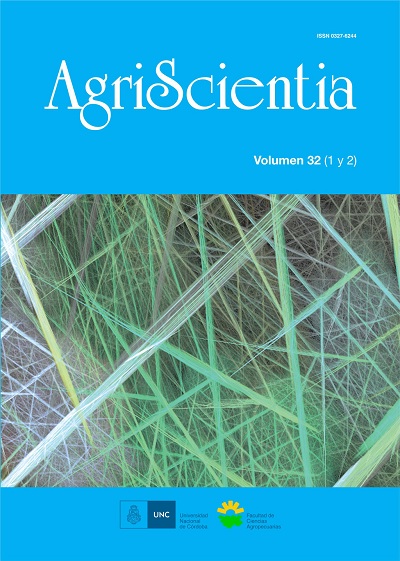Spatial and temporal analysis of droughts in northeastern Brazil
Main Article Content
Abstract
Northeast Brazil (NEB) is a region often affected by strong droughts that cause severe impacts over agriculture, hydropower and water supply sectors. The most relevant features of severe droughts that occurred in the entire NEB during the 1901-2010 period (henceforth, dry spells) were evaluated. The standardized precipitation index with a quarterly time scale was used as drought index (SPI3). The underlying patterns that configure the SPI-3 in the spatio-temporal domain were identified applying a principal component analysis followed by a cluster analysis. The dominant periodicities of the dry spells at monthly and annual scales were estimated applying a wavelet analysis. The most remarkable results were: i) the longest dry spells are linked to four dominant patterns which are alternated in time; ii) the monthly affected surface by dry spells has a periodicity of approximately 10 months, while the amount of annual dry spells show periods from 2 to 8, 10 and 30 yr respectively; iii) the dry spells do not show monotonous trends with relation to its duration, number of events per year and affected area; however, the longest episodes often occur during the main rainy season of the NEB.
Downloads
Download data is not yet available.
Article Details
How to Cite
Paredes, F., Barbosa, H., & Guevara, E. (2015). Spatial and temporal analysis of droughts in northeastern Brazil. AgriScientia, 32(1), 1–14. https://doi.org/10.31047/1668.298x.v32.n1.16552
Issue
Section
Articles

